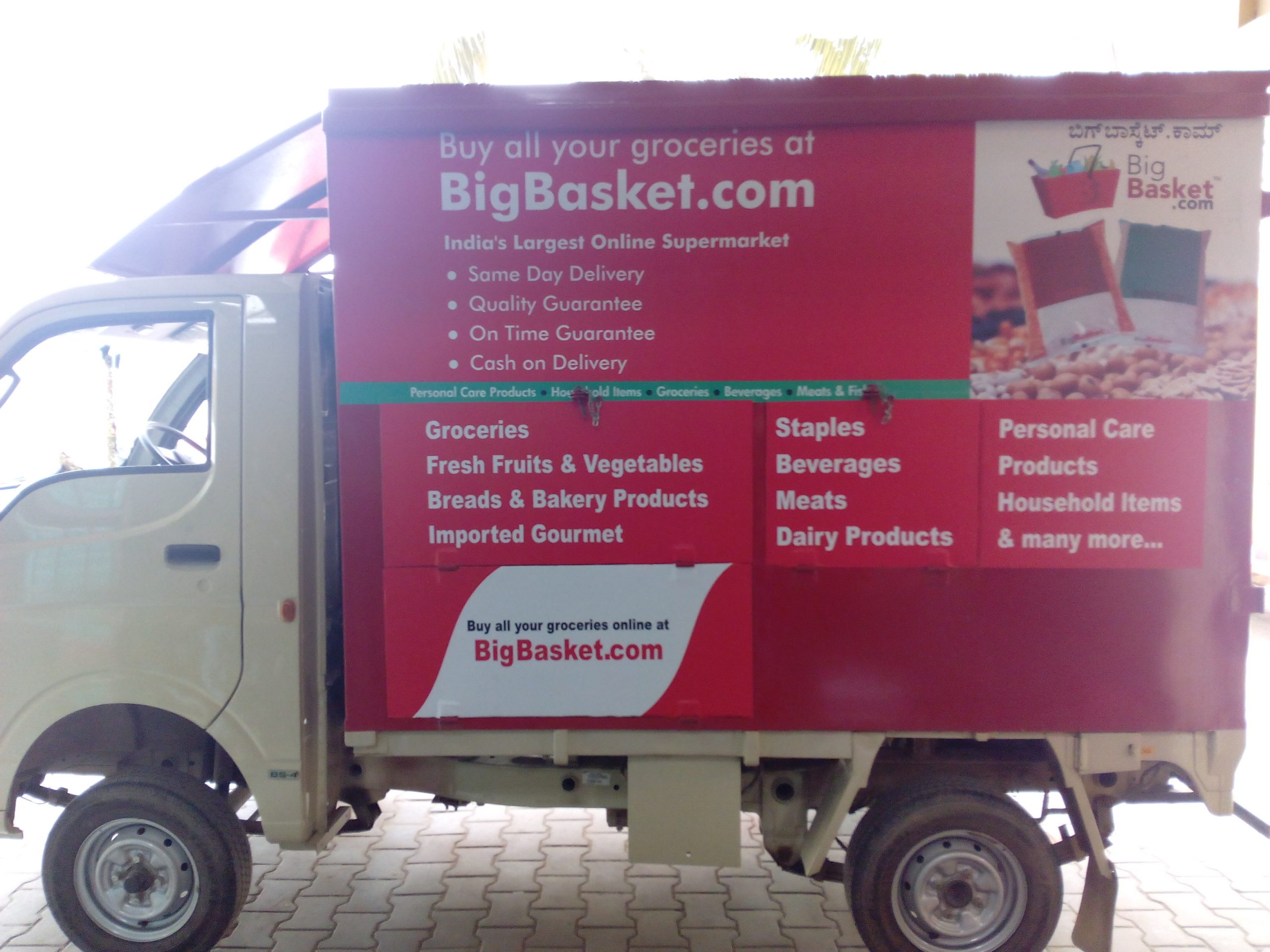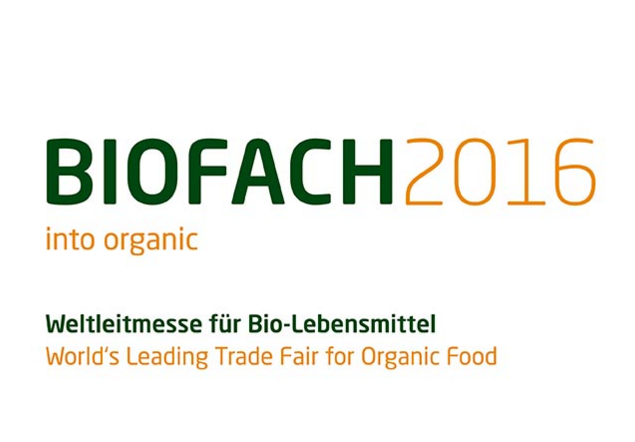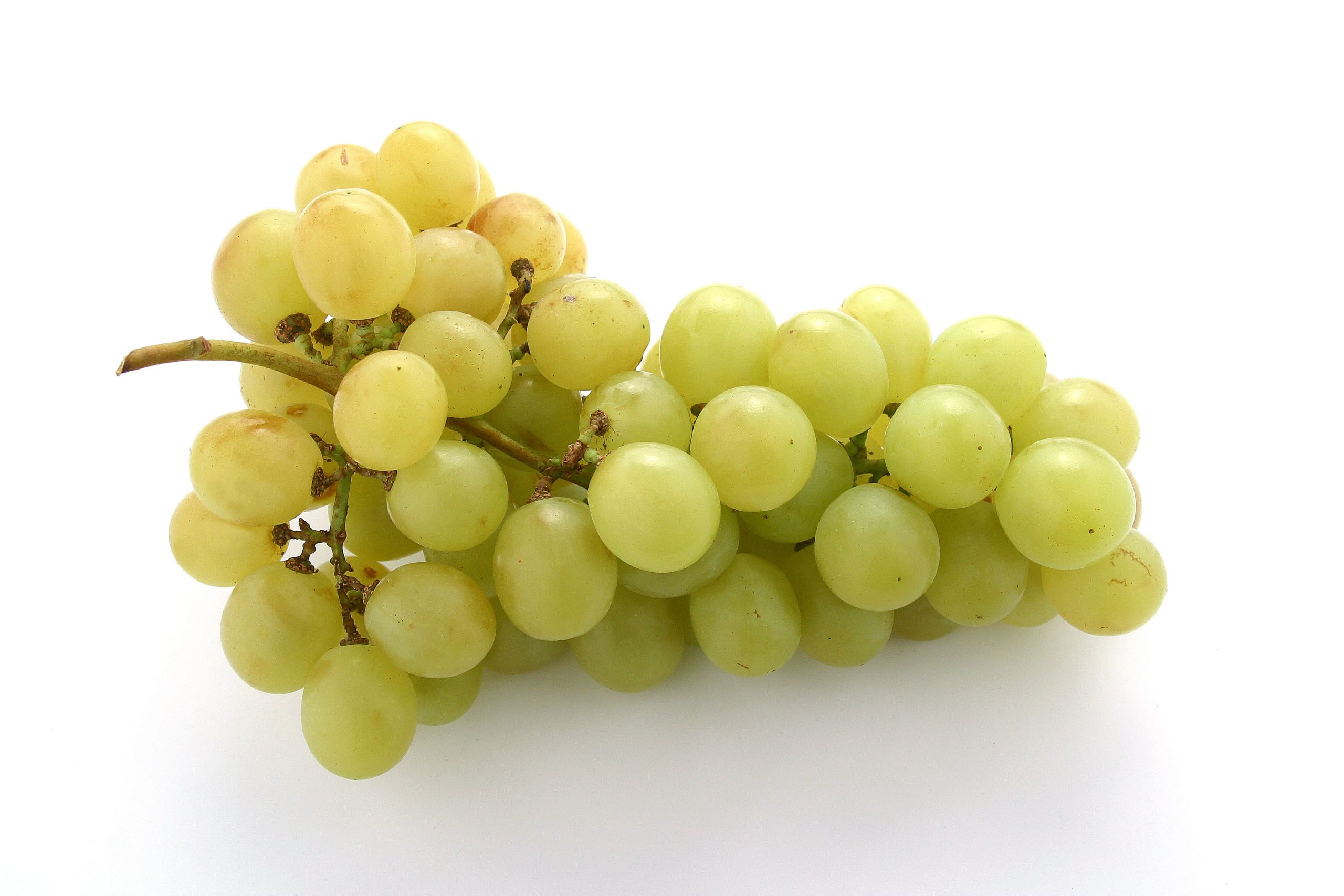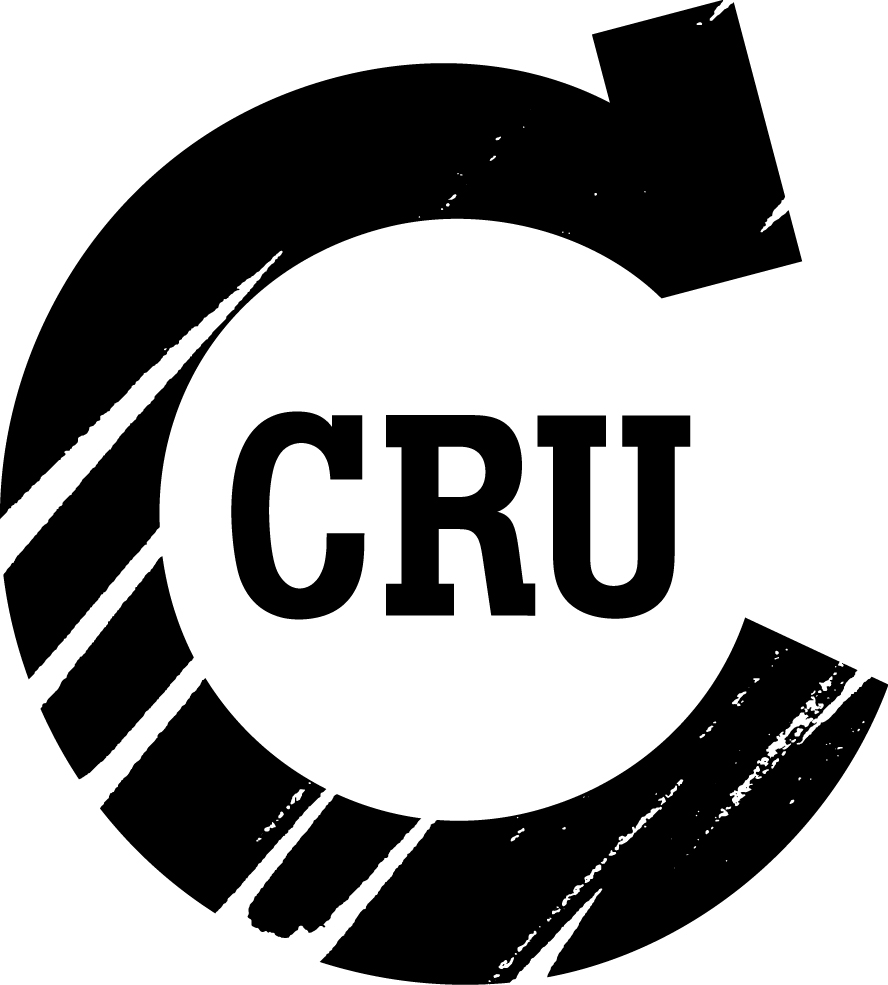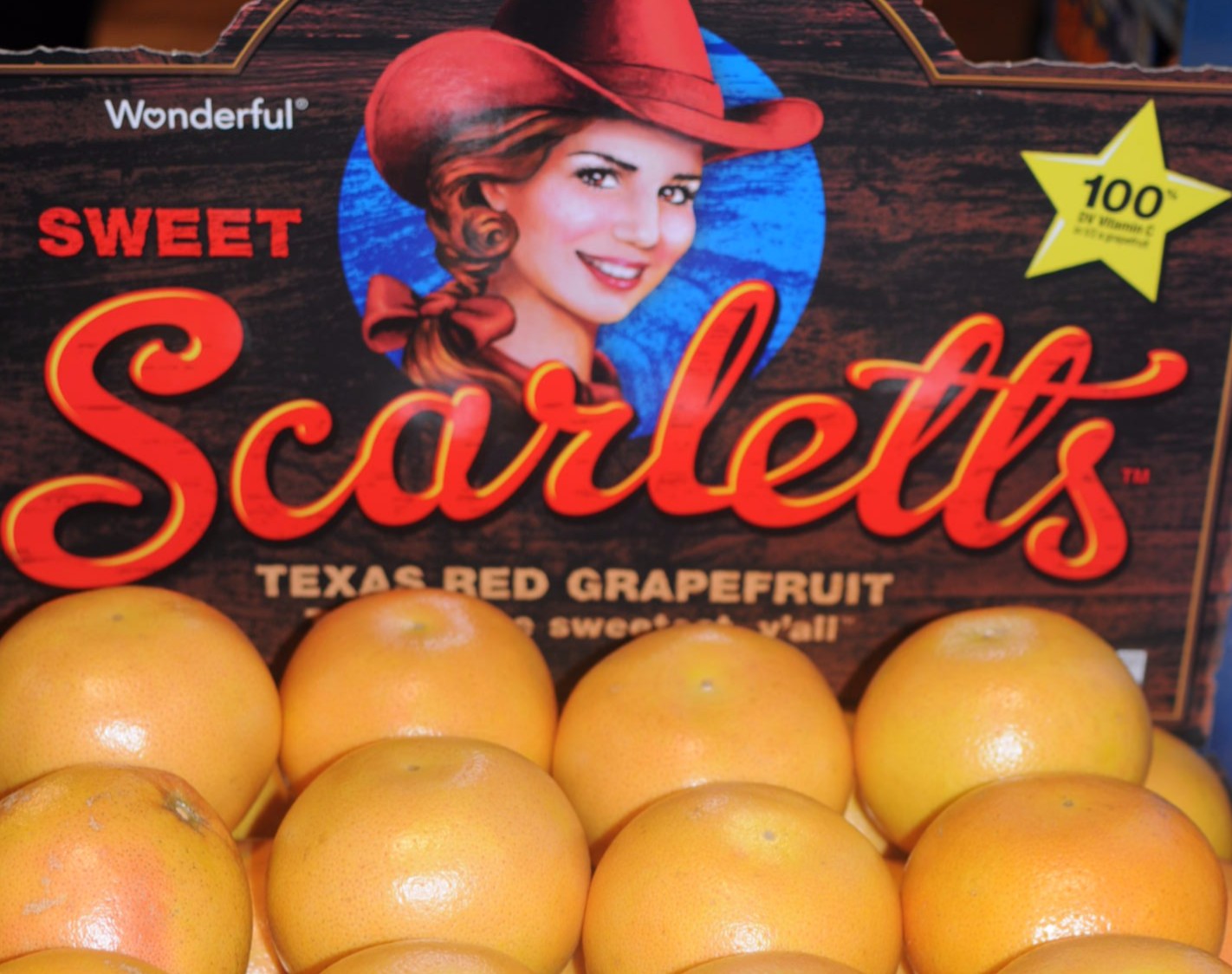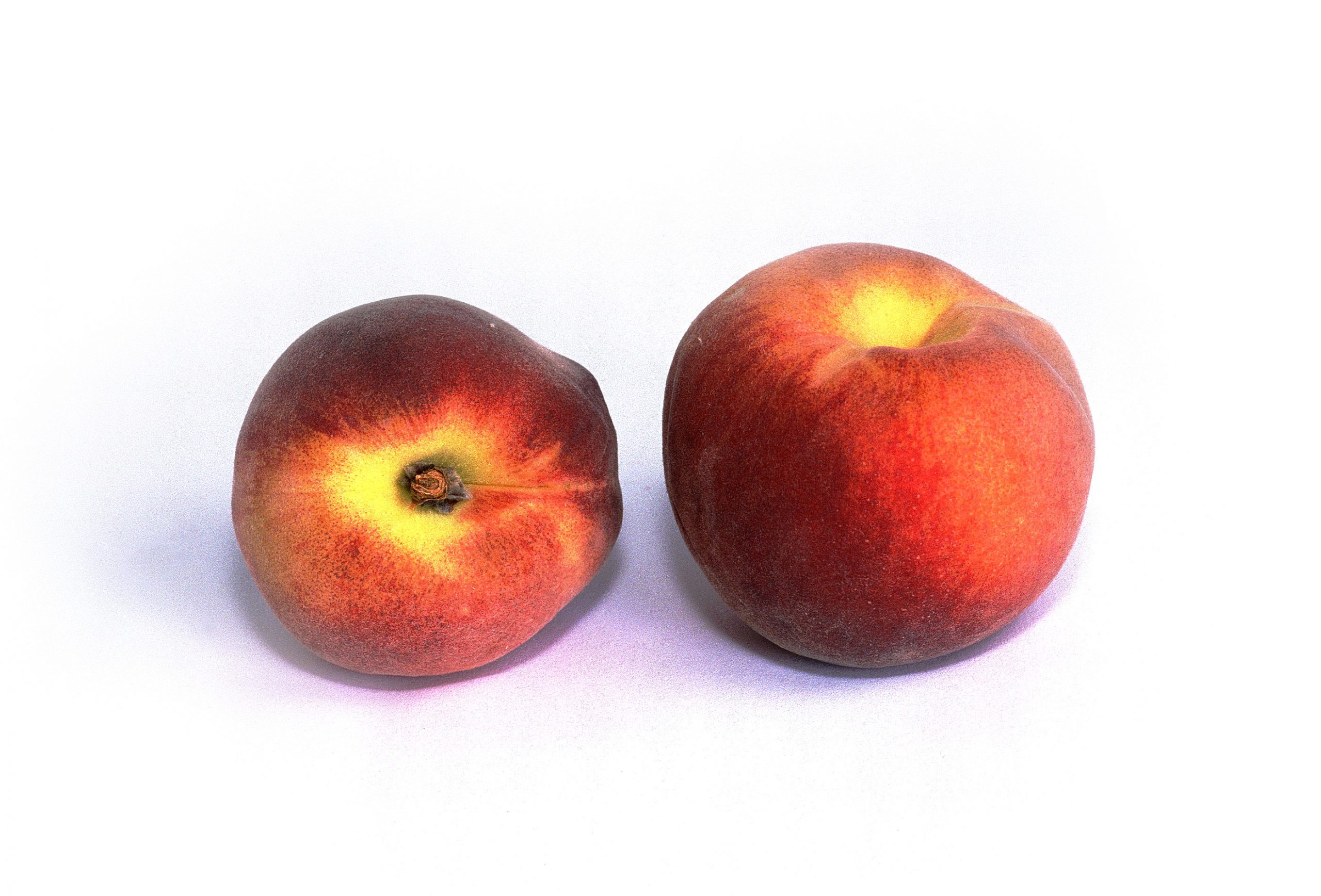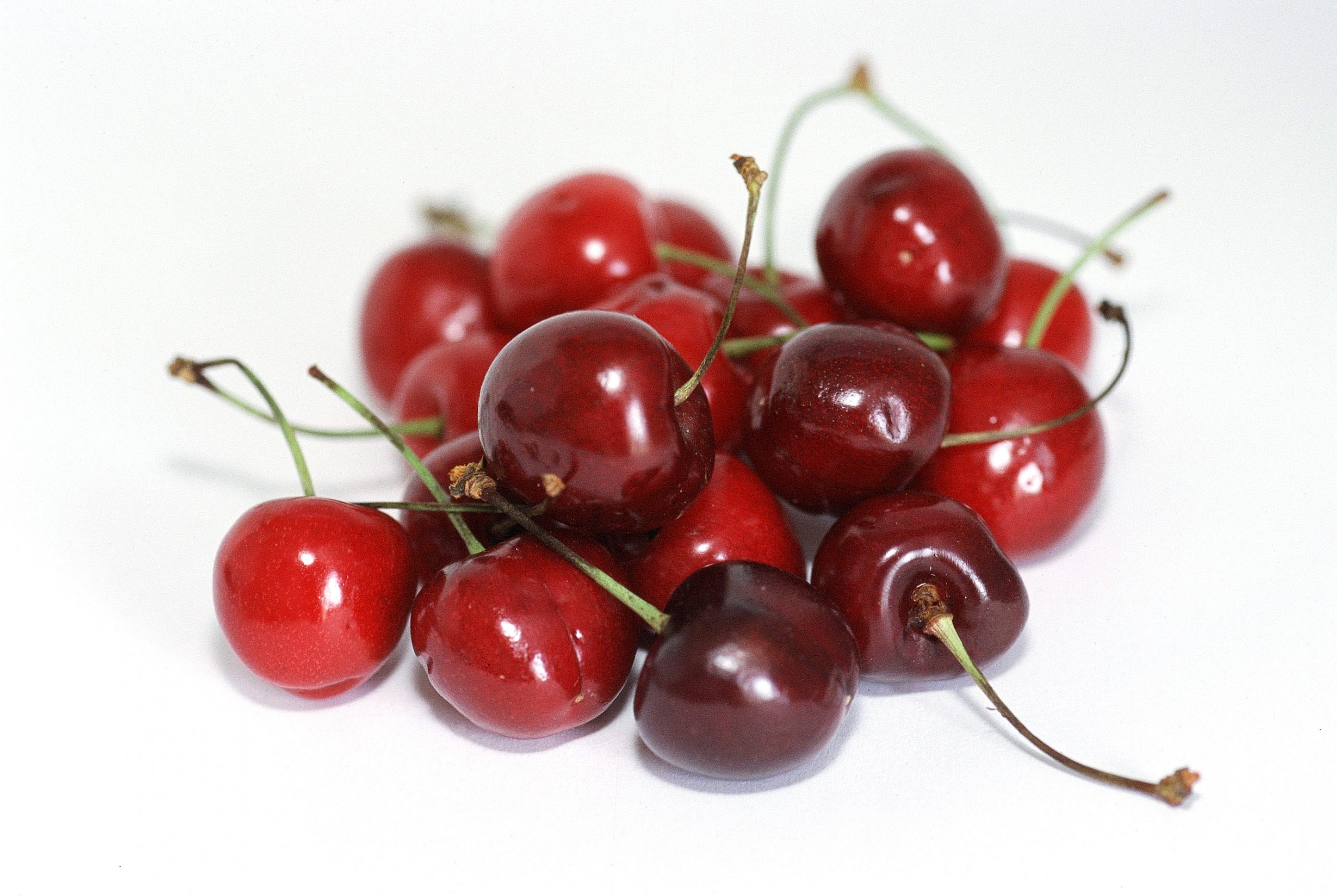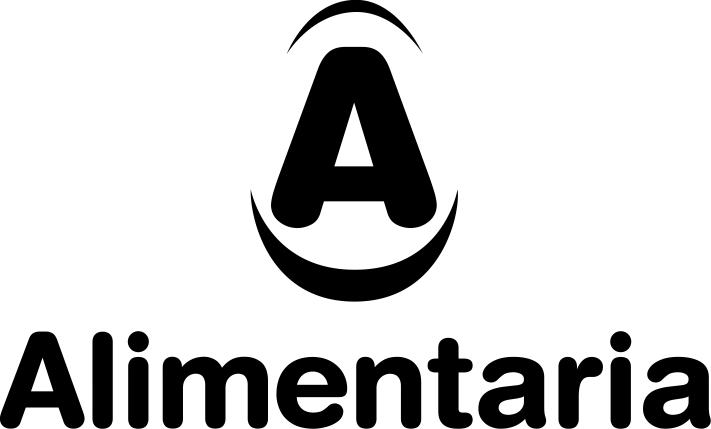
Taking place April 25-28 in Barcelona, Alimentaria is the place for innovation, business collaboration, competitiveness and knowledge sharing in Europe’s food and drinks sector.
The International Food & Drinks Exhibition will be celebrating its 40th anniversary at Barcelona’s Fira Gran Via Exhibition Centre and its format has been updated to span a broader spectrum of the industry and reflect new market trends and consumer habits.
At its last edition, the event attracted more than 140,000 visitors from around the world and hosted 3,800 represented companies and more than 1,000 international companies.
In 2016, Alimentaria will be streamlined into 5 shows, encompassing the main food and drinks markets:
- Intervin (wines and spirits),
- Intercarn (meat and meat products),
- Restaurama (restaurants, integrates Expobebidas & Congelexpo companies),
- Interlact (dairy products) and
- Multiple Foods (confectionery, preserves, oils and premium products).
Multiple Foods, the new show of food trends and special and functional projects, adds Alimentación Ecológica (organic food), Olivaria, Expoconser, Interpesca, the International Pavilions, Lands of Spain, Snacks, Biscuits & Confectionery, Mediterranean Foods, Healthy Foods and Fine Foods, along with the Premium zone and the Olive Oil Bar.
In 2016, Alimentaria’s activities will hinge around six core themes:
- distribution and retail,
- CSR,
- internationalisation,
- R&D&I and branding,
- nutrition,
- and marketing and communication.
Exporting for SMEs
As always, Alimentaria will facilitate contacts between exhibitors and key international buyers across the food and beverage chain, with the aim of encouraging business meetings and firming up foreign deals. At Alimentaria 2014, 59% of exhibitors were already exporting their products, while 73% of those who were not yet selling abroad said that they fully intended to do so within the next two or three years.

Alimentaria’s international buyers’ programme aims to open up business opportunities on five continents, so the Hosted Buyers contingent includes guests from every corner of the world: Latin America, Asia, the United States and Canada, Europe and the Middle East.
This year, the Alimentaria Hub also offers the Export Service Counter for exhibitors, preferably SMEs, who want to venture into foreign markets for the first time. Intended to help companies internationalise their business, this new programme involves experts in all the formalities necessary to take these first steps in reaching foreign markets, from insurance companies and consultancy firms to chambers of commerce and financial institutions.
The Alimentaria Hub
Part of the Alimentaria show, the Alimentaria Hub, boasts new product launches as well as conferences, presentations and consumer trend analysis. It also includes a centre for business meetings and export opportunities and networking sessions to foster entrepreneurship, according to organisers.
One of the big attractions at the Alimentaria Hub is the Food Factory, the meeting place for technology start-ups in the agrifood sector and Business Angels with the capacity to invest in projects with development potential.
Innoval will feature the latest trends and innovations in the sector, exhibiting more than 300 new food products. The Spanish Food and Drink Industry Federation (FIAB) is organising the VII Alimentaria Food Technology and Innovation Meeting, while consultancy firm Innova Market Insights will be leading the ‘Top Ten Trends’ session at which it will present a selection of the ten global trends that are currently setting the bar in the food industry.
Food Bloggers Conference
The 2016 show sees the first Food Bloggers Conference to encourage people to learn about and understand new communication channels. It will be a chance to share knowledge among bloggers and other social media professionals associated with food and gastronomy.
Presentations on sustainability, CSR & the Mediterranean Diet
In terms of presentations, the Alimentaria Hub will host the third Nestlé Forum on ‘Creating Shared Value’, this year dedicated to the industry’s contribution to a sustainable and socially responsible future, and the XI International Conference on the Mediterranean Diet.
source: http://www.alimentaria-bcn.com/en/home
